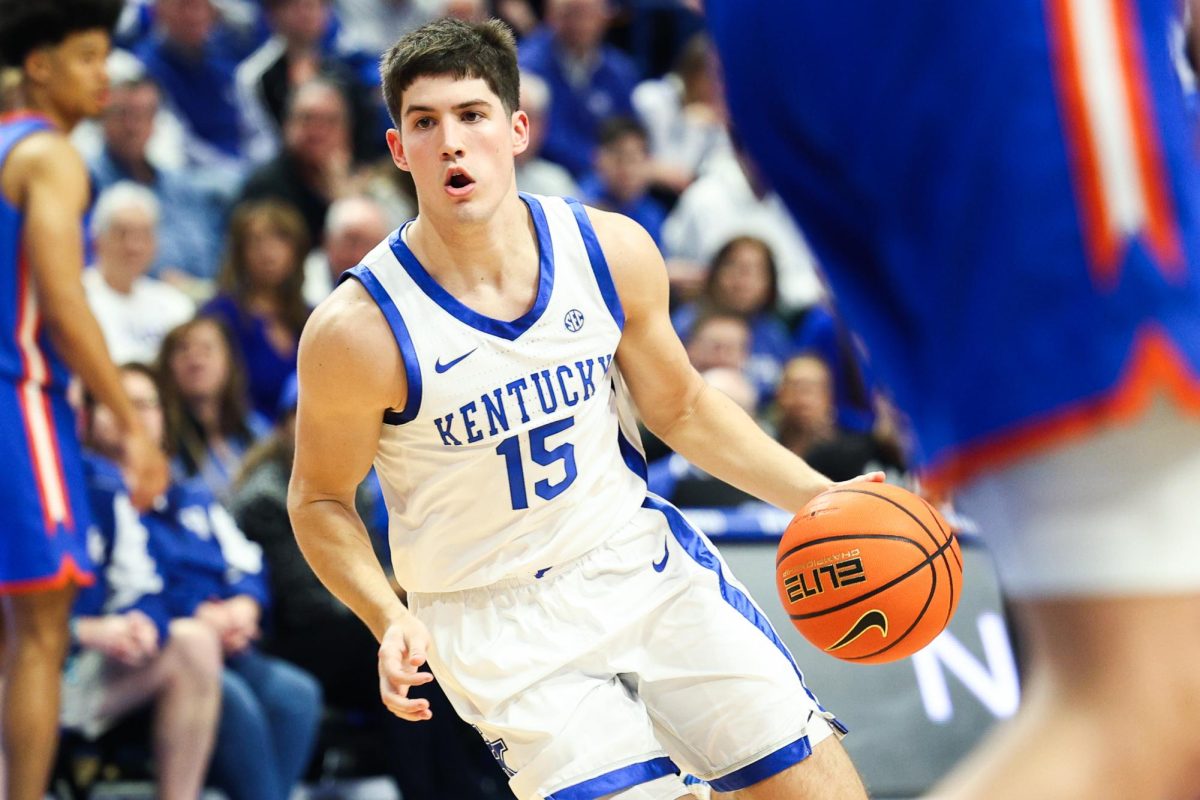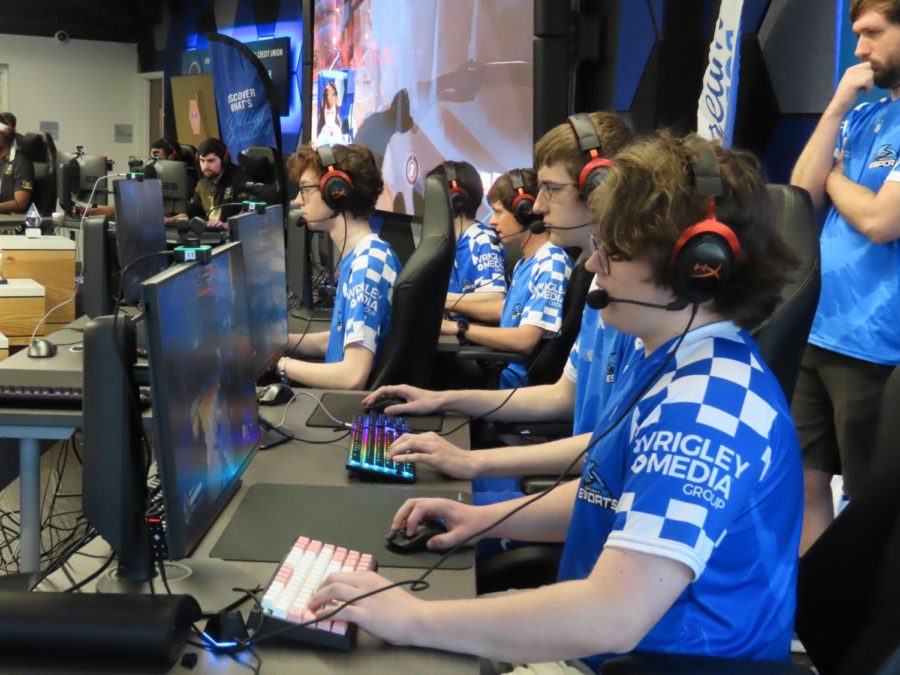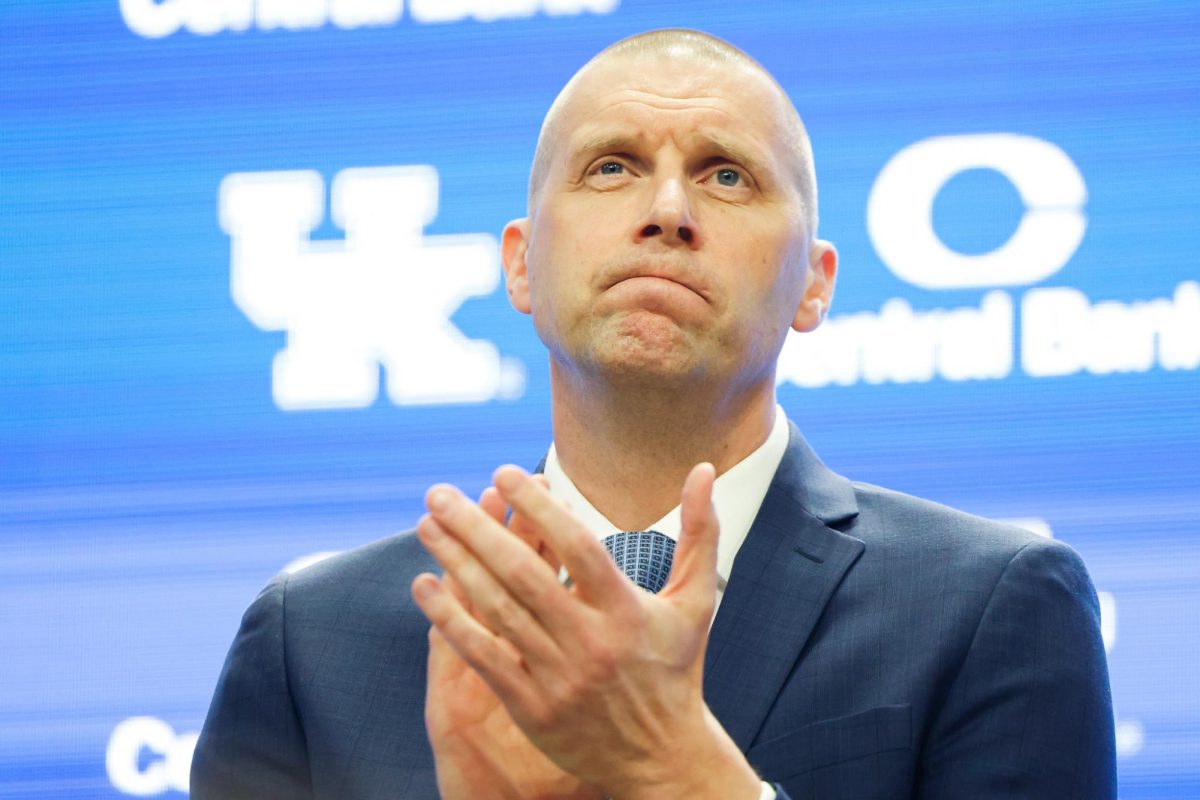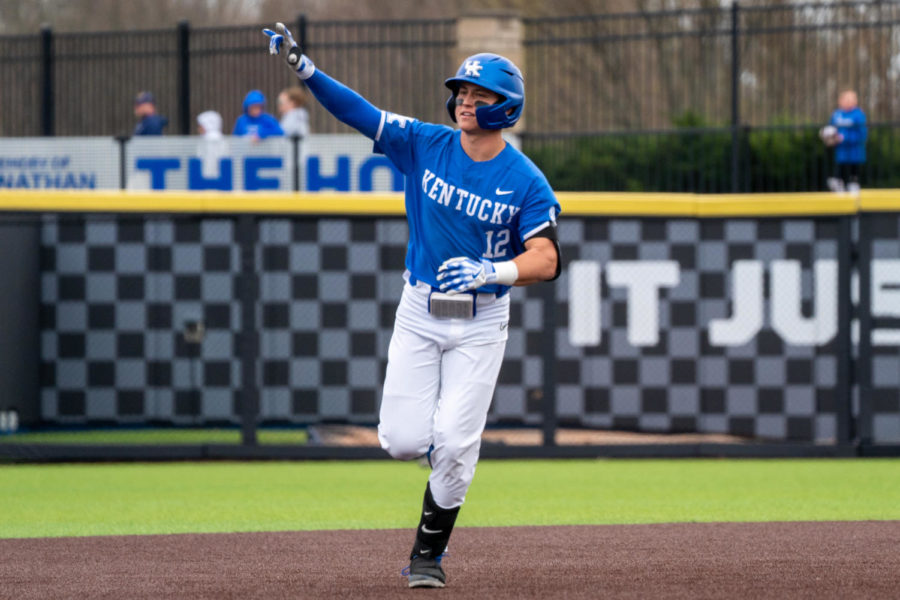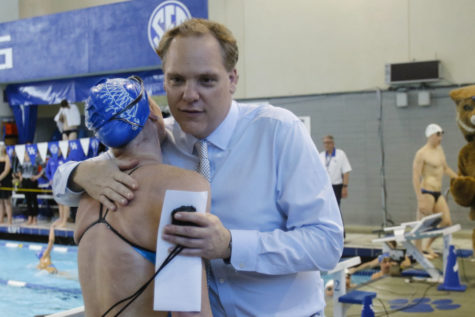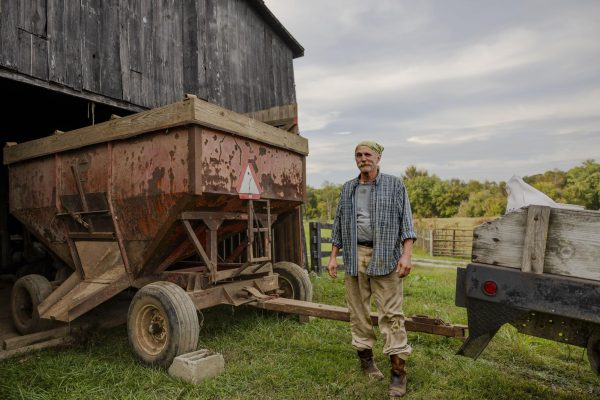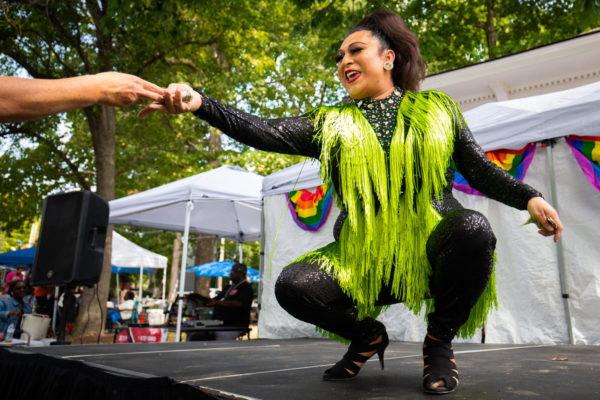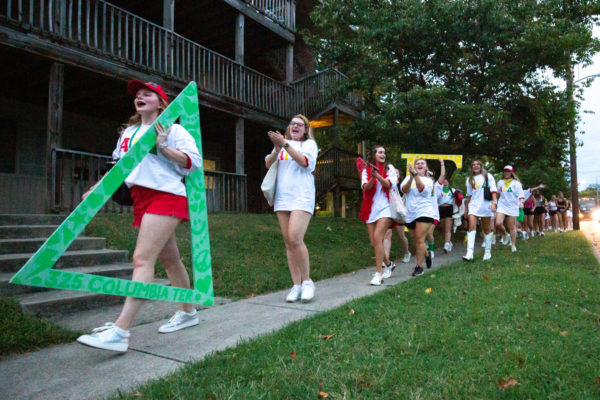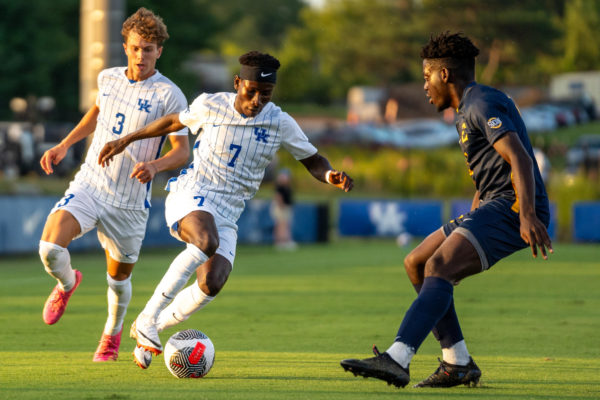What is it like to grow up with a rare endocrine disorder?
April 27, 2022
(BPT) – Being diagnosed with a rare disease presents unique challenges for patients and caregivers alike. From symptom management to feelings of isolation, growing up and living with a rare disease can be difficult. In some cases, it can even be difficult to find doctors who specialize in treating a particular disease — as is the case for people living with classic congenital adrenal hyperplasia.
What is congenital adrenal hyperplasia?
Congenital adrenal hyperplasia, commonly referred to as CAH, is a genetic condition that affects the body’s ability to maintain homeostasis — or balance — in response to stress. Specifically, the body’s adrenal glands lack a key enzyme needed to produce several important hormones necessary for survival, including cortisol and aldosterone.
The missing enzyme also results in the overproduction of certain male hormones, called adrenal androgens.
What do these hormones do?
- Cortisol regulates the body’s response to illness or stress
- Aldosterone regulates sodium and potassium levels and blood pressure
- Male hormones, such as androstenedione and testosterone, regulate male characteristics such as facial hair and a deeper voice
There are two forms of CAH: classic and non-classic. Classic CAH is a more severe and rare form of the disorder, affecting approximately up to 30,000 people in the U.S. and 50,000 people in Europe.
Symptoms and Problems Associated with Classic CAH
Classic CAH causes complex symptoms in infants, children, adolescents, and adults that affect multiple organs, making it a challenge to manage.
Without cortisol, the body has difficulty responding to a stress situation, such as an infection or being in a major accident. Many people living with classic CAH also have salt wasting, meaning the body can’t retain sodium, which can cause blood pressure to become too low.
In addition, the overproduction of adrenal androgens causes difficult symptoms in females, including irregular menstrual periods, facial hair, acne, and other male-pattern characteristics. Males can develop testicular adrenal rest tumors (TARTs) that can cause pain and infertility. Infertility is also a concern in females.
Treating Classic CAH
Treating classic CAH can be complex. Glucocorticoids are medicines used to treat the cortisol deficiency and mineralocorticoids are medicines used to treat the aldosterone deficiency. Unfortunately, the dose and duration of glucocorticoids required to control androgen levels are often well above what is needed for replacement dosing to treat cortisol deficiency. This leads to an undesirable trade-off of trying to balance the negative effects of too much glucocorticoids with the negative symptoms of too much androgen.
“For adult patients with classic CAH, it’s important to balance the use of steroids with the long-term impact steroids can have on the body,” said Dr. Maria Vogiatzi, professor of pediatrics and director of the Adrenal and Puberty Center at the Children’s Hospital of Philadelphia, which treats both children and adults with CAH. “It’s also important to provide guidance to young adults with classic CAH who are planning to have a family.”
Glucocorticoid medications at doses used to treat patients with classic CAH can cause serious side effects, including:
- Metabolic issues
- Bone loss
- Growth impairment
- Infection risk typical of iatrogenic Cushing’s syndrome
Treating classic CAH requires ongoing effort from clinicians and patients to find the right balance between disease symptoms and medication side effects. Additional research to develop new therapies is needed.
“I was fortunate to have very good care for my classic CAH as a child and into early adulthood, with labs multiple times a year for medication management,” said Erik Bogaard, who lives with classic CAH.
This clinician and patient partnership is one that typically starts during childhood and goes into adulthood. The issue is that there are not many clinicians who have expertise in and experience with treating adult patients with classic CAH. According to Dr. Vogiatzi, “It’s important to have a good hand-off between the pediatric endocrinologist to the adult endocrinologist.”
Mr. Bogaard agrees, “Making the transition to an adult endocrinologist who is experienced in treating classic CAH was difficult because there are few physicians with significant experience treating my rare medical condition. After searching, I was fortunate to find a wonderful, experienced adult endocrinologist — but many are not so lucky. Quality medical care for adults with classic CAH is critical for managing medications, navigating concerns about long-term steroid use, and providing care in the event of an adrenal crisis.”
The CAHtalyst™ Study, which is evaluating an investigational therapy called crinecerfont, is currently enrolling adults (ages 18 years and older) with classic CAH. Learn more at CAHtalyst, CAHStudies.com or ClinicalTrials.gov.
Clinical studies of crinecerfont are also underway in children and adolescents (ages 2 to 17 years old) with classic CAH. Learn more at CAHtalystPeds, CAHStudies.com or ClinicalTrials.gov.







































